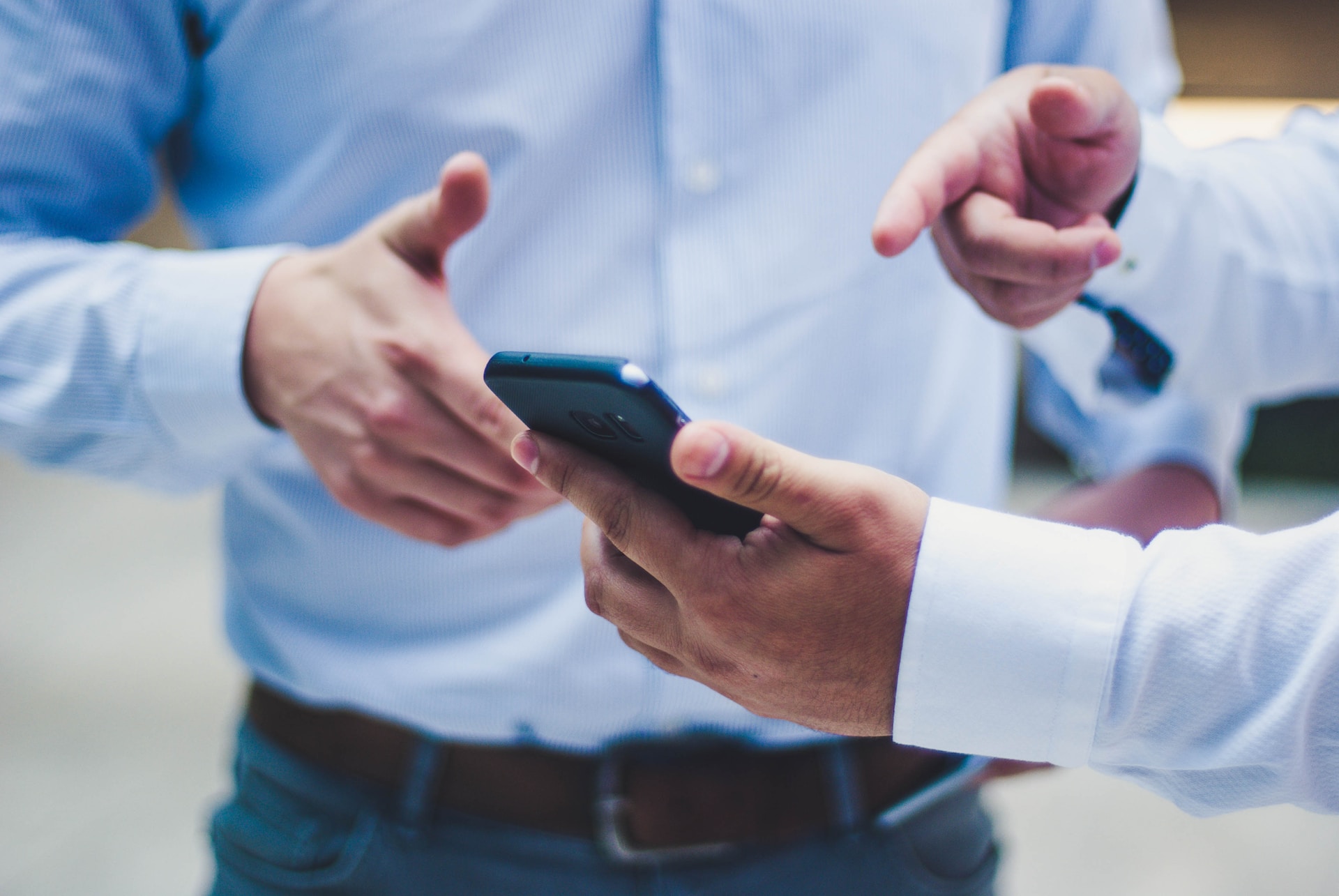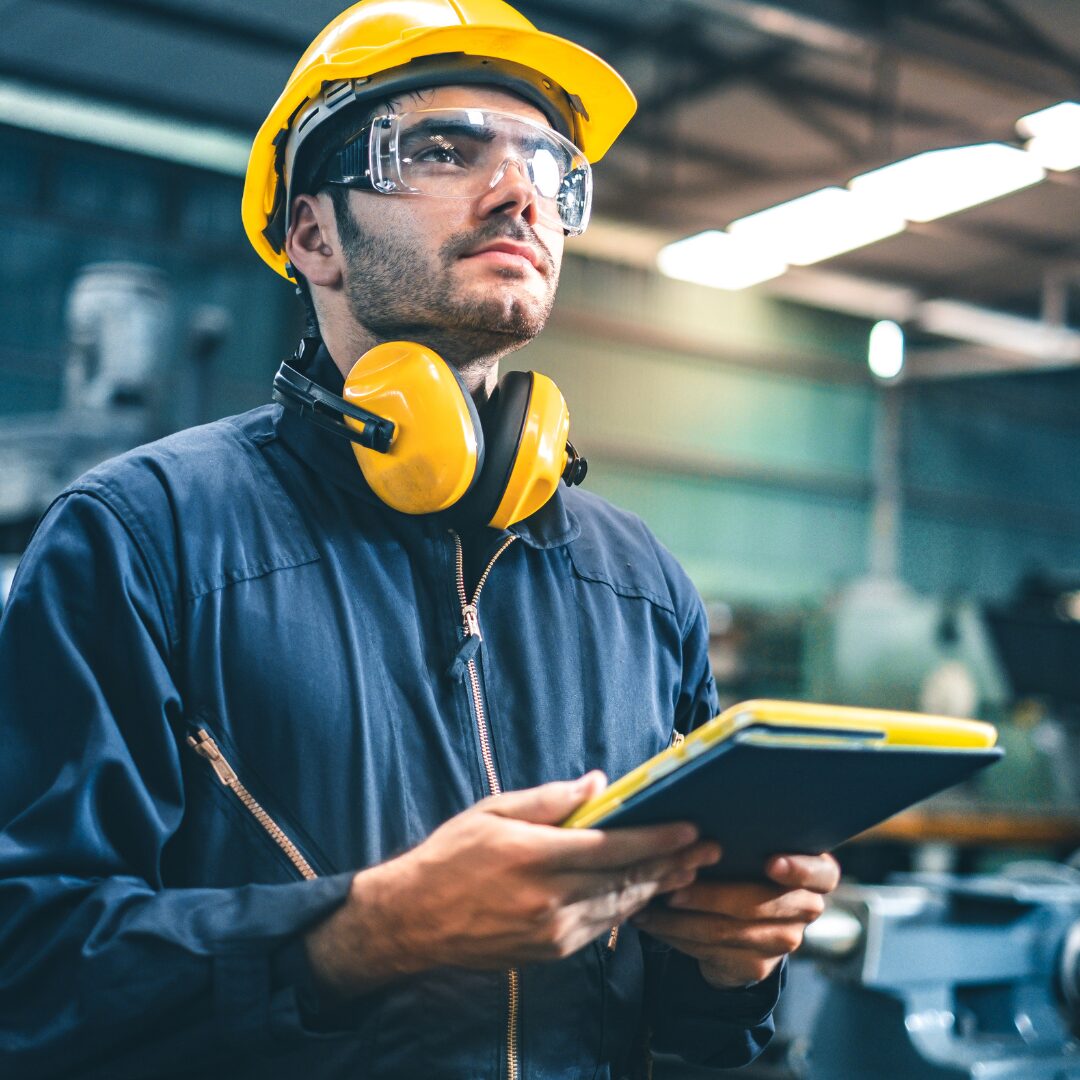Introduction
In the current global workforce, organizations have been relying on lone workers to execute their operations and lone worker safety technology has developed to keep your team as safe as possible. Lone workers are daily exposed to different types of risks and hazards and it is the responsibility of the employers to ensure that their safety is prioritized.
Over the years, there has been a shift in how companies approach lone worker safety, as traditional methods have been deemed insufficient in ensuring the continuous protection of these workers. The advancement of technology has come to the forefront, providing organizations with various options to better manage and monitor lone worker safety.
What is Lone Worker Safety?
Lone worker safety refers to the management of occupational hazards that come with working alone. This can entail working remotely or working with no or minimal direct contact with co-workers.
The nature of the job may involve activities such as driving, cleaning, maintenance, or inspection services. Such activities can expose lone workers to various risks ranging from accidents, health hazards, or even violent incidents.
Why do Companies Need Lone Worker Safety?
As stated earlier, lone workers are exposed to different types of risks and hazards, and their safety is paramount. Companies are legally required to ensure that their employees are afforded protection while at work.
Failure to do so can result in legal implications, financial loss, and damage to corporate reputation. Furthermore, organizations have a moral obligation to ensure that their employees are not exposed to unnecessary risk or harm.
Technologies used in Lone Worker Protection
The use of technology has revolutionized how organizations manage and monitor lone worker safety. There are numerous technologies that companies can leverage to enhance the safety of their lone workers. Below are some of the most commonly used technologies.
- Personal alarms or panic buttons: Personal alarms or panic buttons are wearable devices which can be easily set off when a lone worker encounters a potentially unsafe situation. Once triggered, these alarms alert nearby colleagues who can respond to the situation and provide immediate assistance.
- GPS tracking and location-based technology: GPS tracking technology is often used to keep track of lone workers’ locations. This technology allows employers to monitor remote employees and ensure that they are safe and secure. GPS tracking can be integrated with location-based technology to provide a more robust solution by using real-time geolocation data.
- Mobile apps and web portals: Mobile apps and web portals are commonly used as monitoring tools for lone worker protection. These applications allow workers to check in with employers or supervisors and provide real-time information on their location and status. Alert systems can also be set up to trigger when there is no check-in within a specific time frame.
- Two-way radios: Two-way radios provide a line of communication between lone workers and their supervisors. Radios enable workers to check in, report incidents, or request assistance, all while maintaining communication with their team.
- Wearable technology such as smartwatches, health monitors: Wearable technology, such as smartwatches and health monitors, can be a valuable asset in lone worker protection. These devices can send automated alerts to employers or emergency services when certain thresholds (such as heart rate) are met which indicate distress or impairment.
- Drones and surveillance cameras: Drones and surveillance cameras have now become a useful tool for protecting lone workers across various industries. They allow employers to monitor lone workers in real-time, identify any potential hazards or dangers, and deploy immediate assistance if required.
- Indoor positioning technologies: these days it is possible to track your employees not only outside using GPS technology, but with a help of Wifi, BLE or other – you can get a very precise location of your coworker inside the buildings.
- Verticality loss function: with the newest technologies mobile applications or other devices are able to detect if your employee has fallen and automatically trigger and alarm and send all the information to the responsible security team.
Integrating Newer Technologies in Lone Worker Safety
As technology continues to evolve, there is a need for companies to stay ahead of the latest advancements in the field of lone worker safety. Integration of newer technologies such as Artificial Intelligence (AI), Internet of Things (IoT), and Augmented Reality (AR) can go a long way in enhancing the safety of lone workers. AI can be used to predict the likelihood of accidents or incidents occurring based on historical data, thus allowing companies to take proactive measures to prevent such incidents.
IoT can enable the connection of sensors to various equipment used by lone workers, thereby facilitating the monitoring of their work environment and detecting any anomalies in real-time. AR can be used to provide workers with virtual training and hazard identification thereby reducing the occurrence of accidents.
In conclusion, technology has brought about various advancements in how organizations manage and monitor lone worker safety. The use of wearables, GPS tracking, Wifi/BLE indoor positioning, mobile applications, panic buttons, and two-way radios has gone a long way in ensuring that lone workers are protected while on the job. However, companies need to continuously adapt to newer technologies such as AI, IoT, and AR to enhance the safety of their workers. By doing so, companies will be better equipped to mitigate the risks faced by lone workers, and ultimately contribute to a safer workplace environment.
MobiCall.App Lone worker safety features
We have developed a mobile app which allows you to get real time data of your lone workers and initiate automatic alarms in case of a dangerous situation.
MobiCall.App works on Android and iOs, is user friendly, intuitive and easy to use to everyone who has a smartphone.
MobiCall.App has such features as:
Vertical loss – the app is able to determine if your coworker has fallen;
Automatic alarms – if a dangerous situations has happened, the app automatically sends an alarm with all information to your security team;
MobiChat function – a real time chat function allows you to contact and text to responsible people; and many other which will provide the highest level of safety to your team.
MobiCall.App as well works perfectly with indoor positioning systems and gives you an access to see the real time location of your lone workers at any time.
MobiCall.App is a perfect solution if you want to have a fast responding lone worker safety system in one place: on your smartphone: fast, simple, reliable.
If you have any questions regarding lone worker safety technologies – we would be more than happy to help.
As well, please visit our lone worker protection landing page: Lone Worker Protection.









